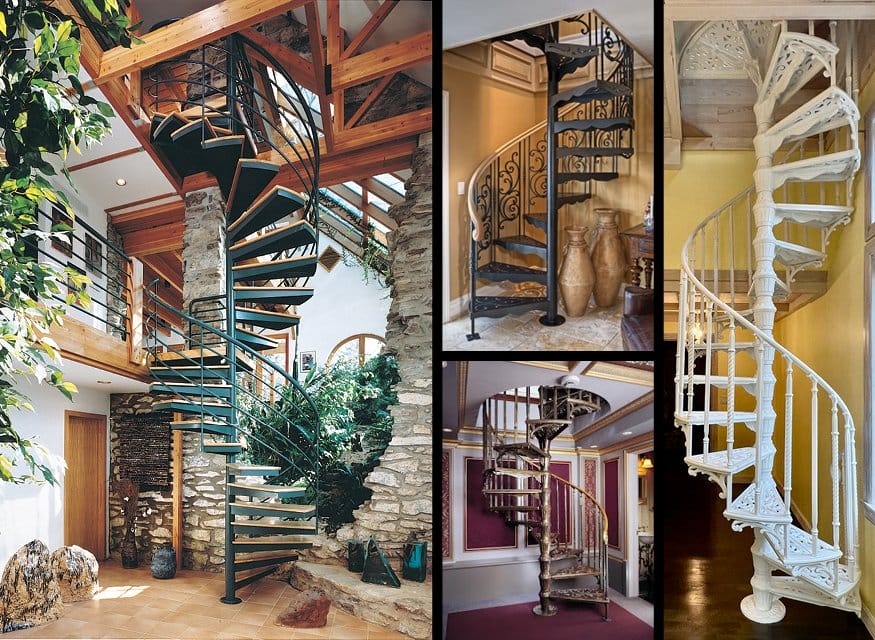Functional art occupies a unique space at the intersection of utility and aesthetics, where practical objects transcend their basic purpose to become something more profound. Unlike traditional art pieces created purely for contemplation or expression, functional art serves tangible needs while simultaneously achieving artistic excellence through its inherent design characteristics.
The essence of functional art lies in how beauty emerges not as an afterthought or decorative addition, but as a natural consequence of solving practical problems. Consider a violin — its graceful curves and proportions weren’t designed primarily for visual appeal, but rather emerged from the acoustic requirements of producing rich, resonant sound. Yet these same requirements have resulted in an object of remarkable beauty, one that has remained largely unchanged for centuries precisely because form and function achieved perfect harmony.
The modern understanding of functional art was profoundly influenced by American architect Louis Sullivan’s famous principle “form follows function.” This philosophy suggests that the shape of an object should primarily relate to its intended purpose. However, what makes this concept particularly fascinating is how often adherence to pure functionality leads to unexpected beauty. The streamlined shape of early automobiles, for instance, wasn’t initially designed for aesthetic appeal but for aerodynamic efficiency. Yet these forms became so visually compelling that they influenced artistic movements well beyond the automotive world.
What sets functional art apart is this organic integration of beauty and purpose. Unlike objects that have decoration applied to them, functional art achieves its aesthetic impact through the honest expression of its purpose and the materials used in its creation. A Shaker chair isn’t beautiful despite its simplicity, but because of it. A Gothic cathedral’s flying buttresses aren’t artistic elements added for visual effect, but structural necessities that create dramatic architectural poetry.
These objects show us that when designers and engineers approach practical problems with both technical rigor and aesthetic sensitivity, the results can elevate everyday objects into works of art that enrich our lives through both their utility and their beauty.
Nature’s Blueprint: How Spiral Staircases Mirror Mathematical Beauty
The spiral staircase stands as one of architecture’s most compelling examples of functional art, where engineering necessities give birth to breathtaking beauty. What makes these structures particularly fascinating is how their artistic qualities emerge naturally from their technical requirements, creating a harmony between form and function that few other architectural elements can match.
At their core, spiral staircases are born from practical needs. In dense urban environments where space comes at a premium, they offer an elegant solution for vertical circulation while occupying minimal floor area. A traditional straight staircase might require up to three times the space to achieve the same height. This spatial efficiency requirement drives the fundamental spiral form, which becomes the foundation of their artistic appeal.
The structural demands of spiral staircases further contribute to their aesthetic character. To maintain stability, the steps must be arranged around a central column in a precise mathematical relationship. This creates a natural helix — one of nature’s most beautiful geometric forms — similar to those found in seashells and DNA molecules. The need to distribute loads evenly along this helix leads to carefully calculated proportions that, coincidentally, often align with classical principles of aesthetic harmony.
These technical constraints give rise to remarkable artistic effects. As natural or artificial light plays across the spiral structure throughout the day, it creates ever-changing patterns of light and shadow. The helical form casts dynamic shadows that shift and dance, turning what could be a simple means of vertical transportation into a kinetic art installation.
The visual impact of a spiral staircase transforms dramatically as viewers change their perspective. From below, it might appear as a perfect spiral receding into space. From above, it often resembles a mandala or geometric rose. From any angle, the interplay of curves and straight lines creates a dynamic tension that draws the eye.
Notable examples of particularly artistic spiral staircases can be found worldwide. The Vatican Museums’ Bramante Staircase, with its double-helix design, allows people to ascend and descend without meeting. The modern spiral staircase at the Louvre’s Rue de Rivoli entrance turns a functional necessity into a sculptural centerpiece. The DNA-inspired staircase at the Sagrada Família in Barcelona demonstrates how contemporary interpretations can honor traditional forms while pushing artistic boundaries.
In each case, these staircases transcend their utilitarian purpose to become works of art. Yet crucially, their artistic qualities aren’t applied as decoration but emerge naturally from their functional requirements. This organic integration of form and function makes spiral staircases not just examples of functional art, but among its purest expressions.
Talk to The Iron Shop about how a new spiral or floating staircase can add functional beauty to your space.

